
Címke: Facts
-
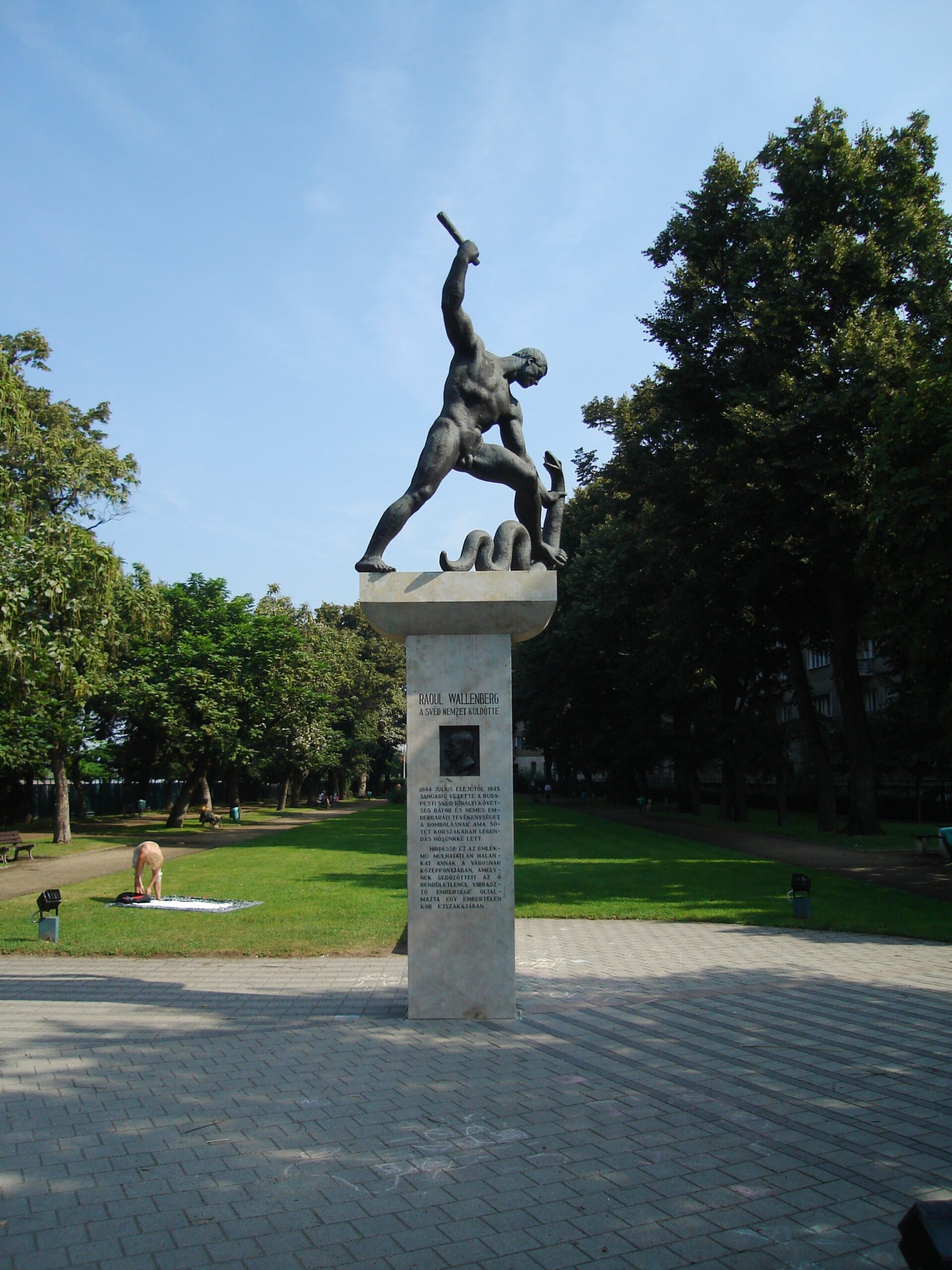
Memorial to Raoul Wallenberg (1912-1947?), Swedish diplomat who worked in Budapest, during World War II to rescue Jews from the Holocaust. The inauguration of the original monument carved by Mr. Pál Pátzay was scheduled April 9, 1949 by the Wallenberg Committee but the communist regime removed it during the previous night. The parapet was destroyed, the sculpture was erected later in Debrecen (Hungary) but its origin was kept secret. Finally it was restored to the 50th anniversary of its demolition. (Budapest, District XIII)
Rescuing Hungarian Jews – Raoul Wallenberg Statue
Rescuing Hungarian Jews – Raoul Wallenberg Statue Fact of the Hungarian figure „Brick Factory in Obuda – The Holocaust in…
-
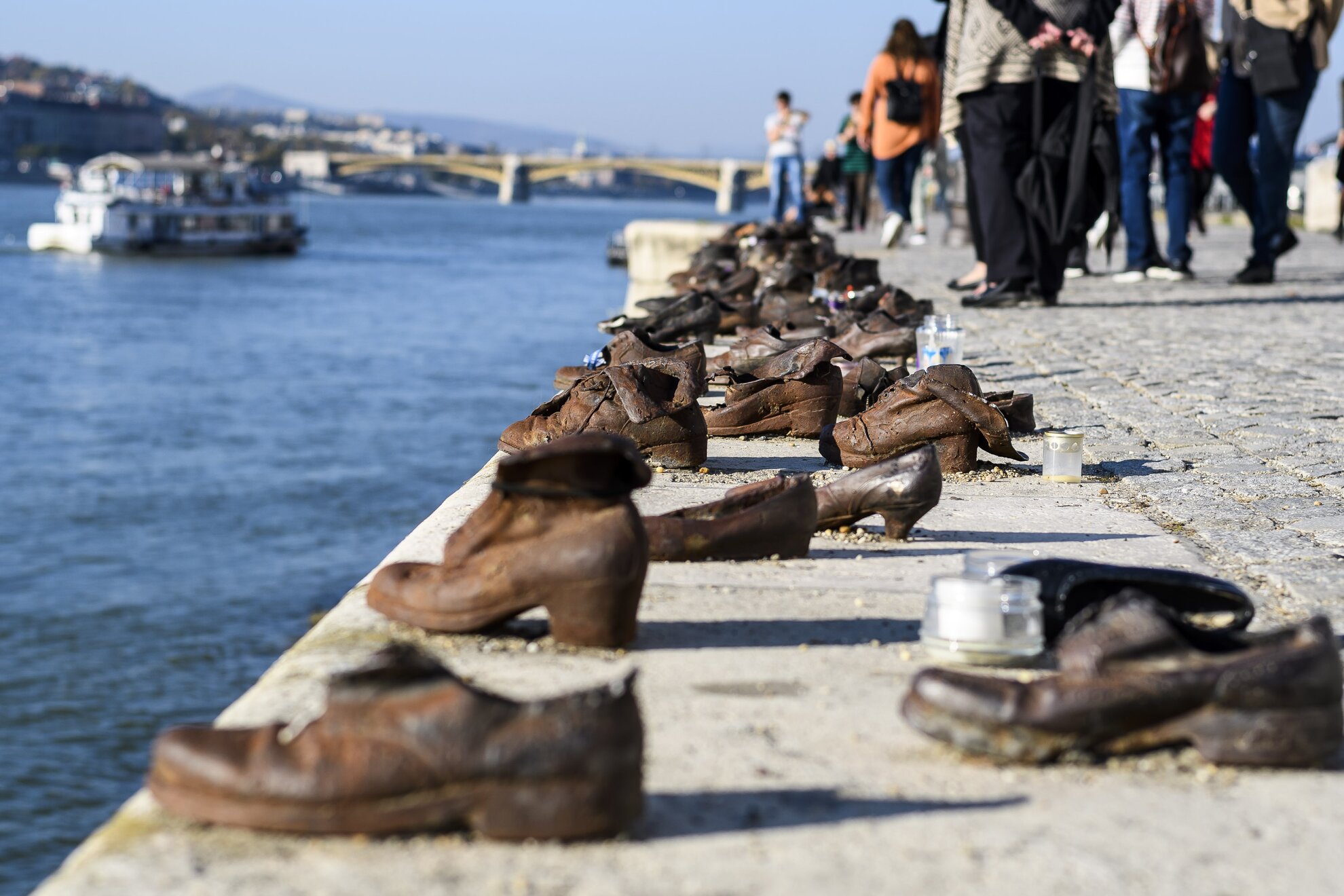
Shoes on the Danube Bank, Budapest
The reign of terror of the Arrow Cross Party – Shoes on the Danube Bank, Budapest
The reign of terror of the Arrow Cross Party – Shoes on the Danube Bank, Budapest Fact of the Hungarian…
-
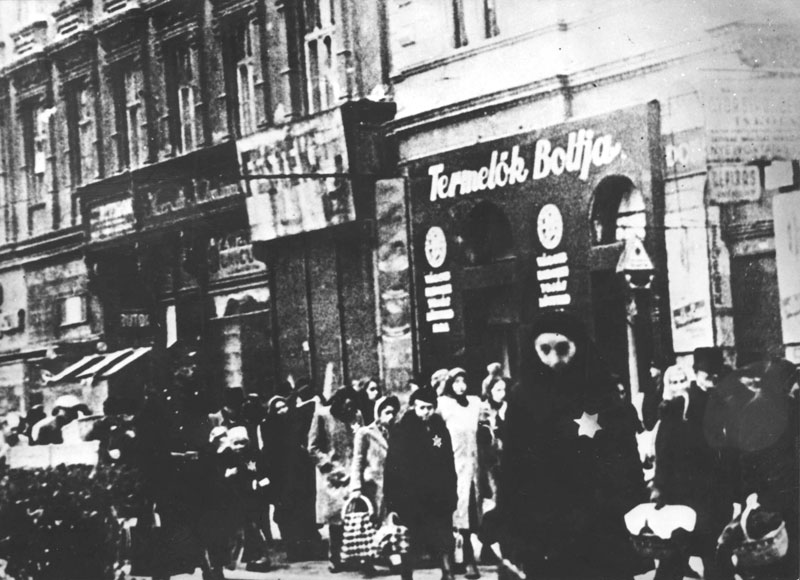
Deportation of the Budapest Jews to the Ghetto
Ghettoisation in Hungary – Budapest Ghetto
Ghettoisation in Hungary – Budapest Ghetto Fact of the Hungarian figure „Brick Factory in Obuda – The Holocaust in Hungary”…
-
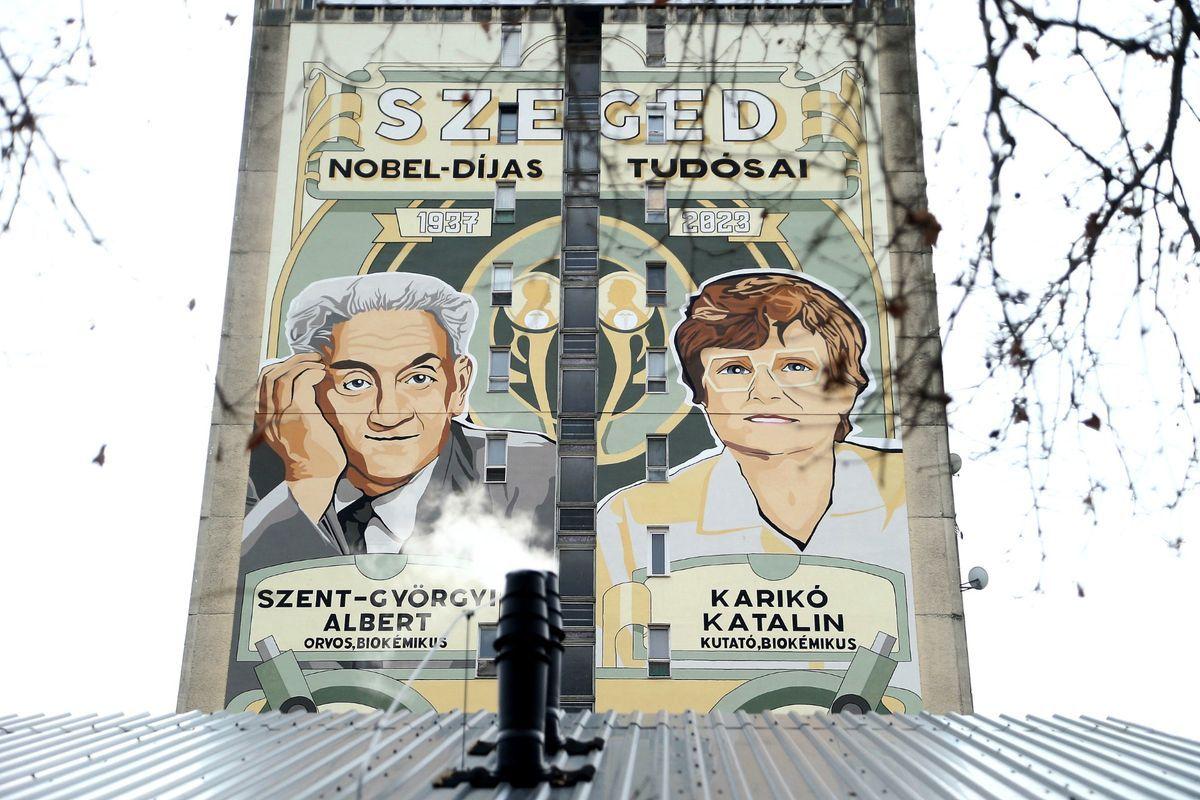
Katalin Kariko and modern epidemiology (COVID19) – Szeged
Katalin Kariko and modern epidemiology (COVID19) – Szeged Fact of the Hungarian figure „Semmelweis – Saviour of mothers” Part of…
-
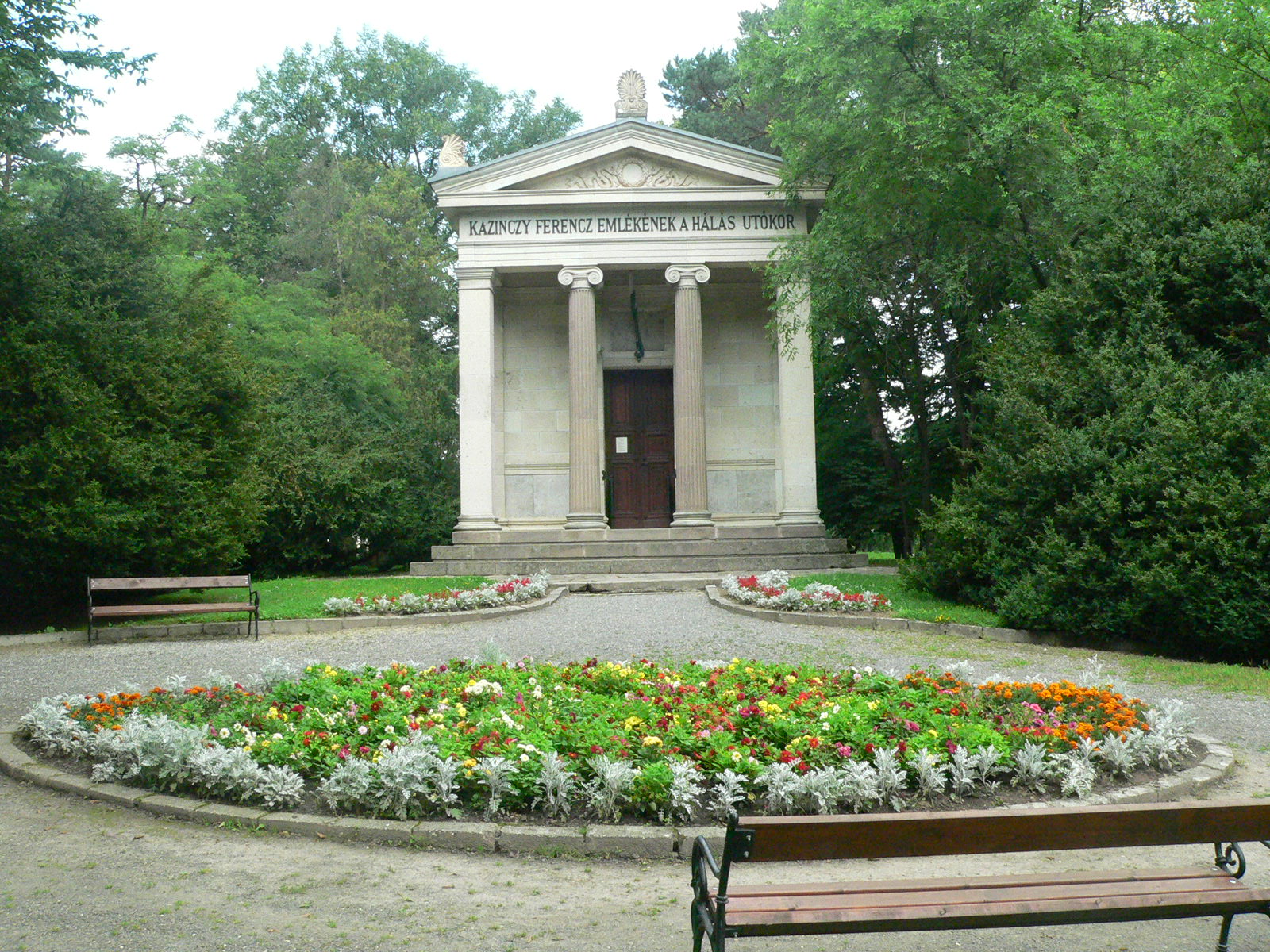
Peasant uprising due to cholera epidemic – 1831 – Széphalom
Peasant uprising due to cholera epidemic – 1831 – Széphalom Fact of the Hungarian figure „Semmelweis – Saviour of mothers”…
-
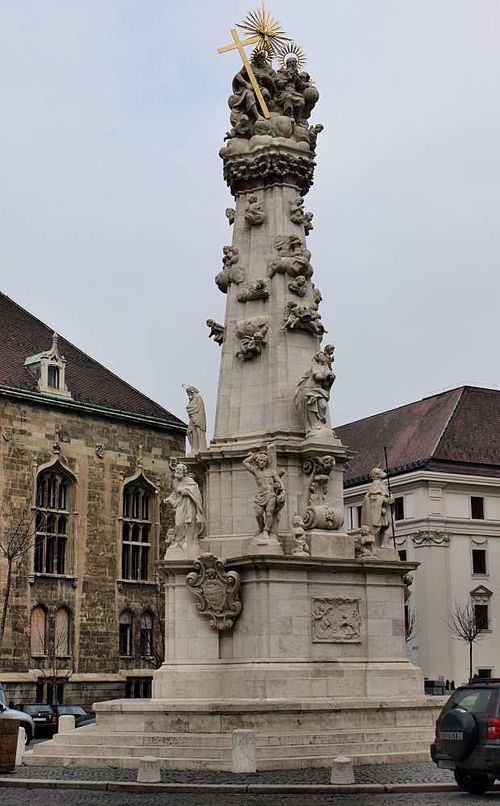
Plague epidemics in Hungary – Statue of the Holy Trinity, Buda Castle
Plague epidemics in Hungary – Statue of the Holy Trinity, Buda Castle Fact of the Hungarian figure „Semmelweis – Saviour…
-
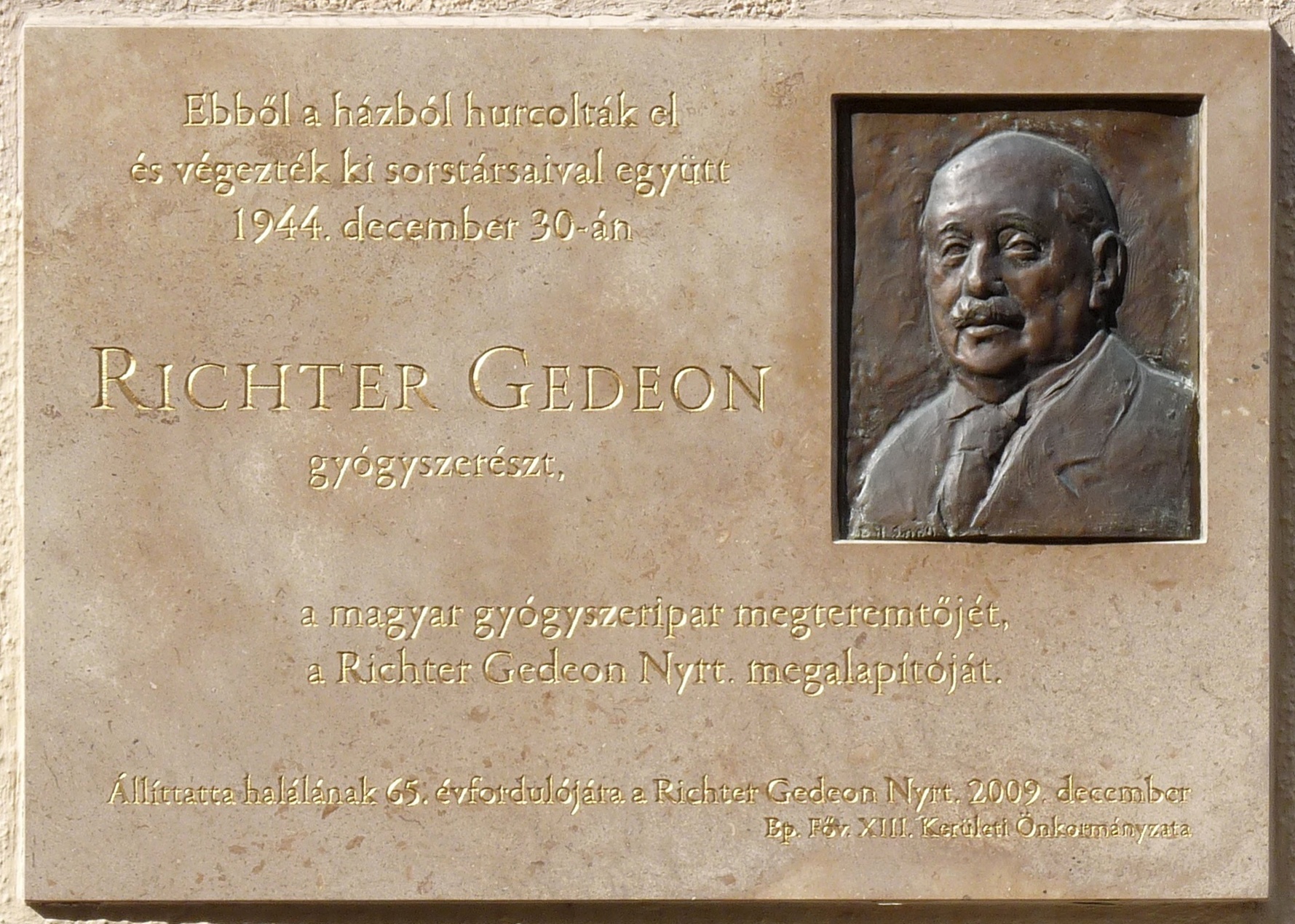
Gedeon Richter and the birth of the Hungarian pharmaceutical industry – Ecséd
Gedeon Richter and the birth of the Hungarian pharmaceutical industry – Ecséd Fact of the Hungarian figure „Semmelweis – Saviour…
-
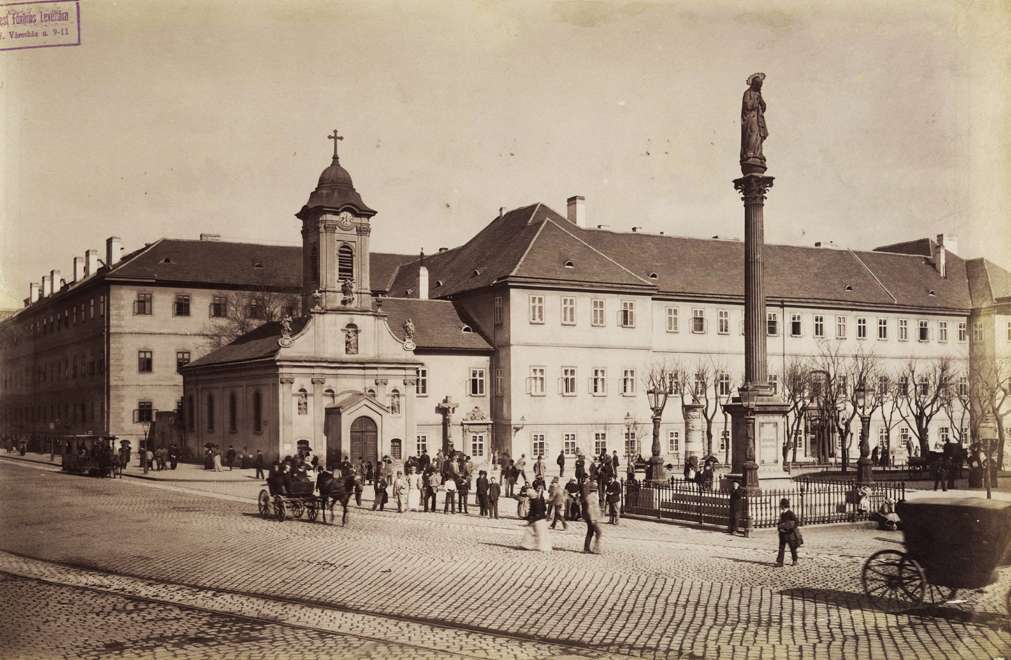
Europe’s first central X-ray laboratory 1898 – Szent Rókus Hospital, Budapest
Europe’s first central X-ray laboratory 1898 – Szent Rókus Hospital, Budapest Fact of the Hungarian figure „Semmelweis – Saviour of…
-
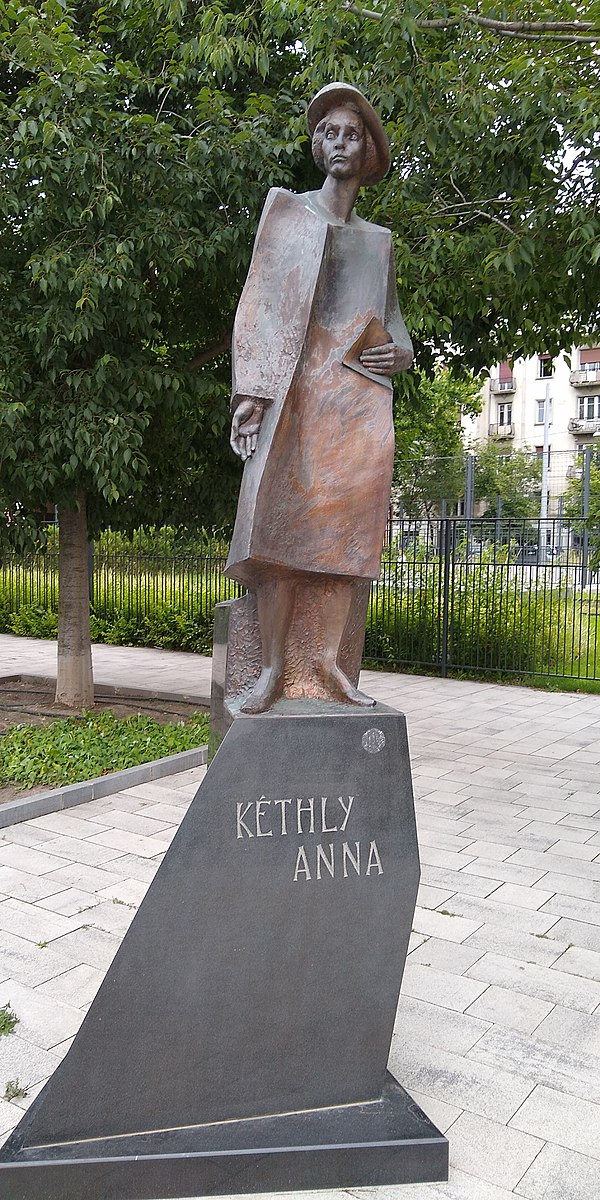
Anna Kéthly’s ashes were repatriated and reburied in Budapest’s New Public Cemetery in 1990; her full rehabilitation followed in 1994. Honored with a statue and square named after her in Erzsébetváros, her memory is also preserved through several commemorative plaques across Budapest, despite the biographical inaccuracy of her portrayal in Márta Mészáros’s 2009 film The Last Report on Anna.
Anna Kéthly – A Trailblazing Socialist in the Hungarian Parliament – Budapest, Anna Kéthly Statue
Anna Kéthly – A Trailblazing Socialist in the Hungarian Parliament – Budapest, Anna Kéthly Statue Fact of the Hungarian figure…
-
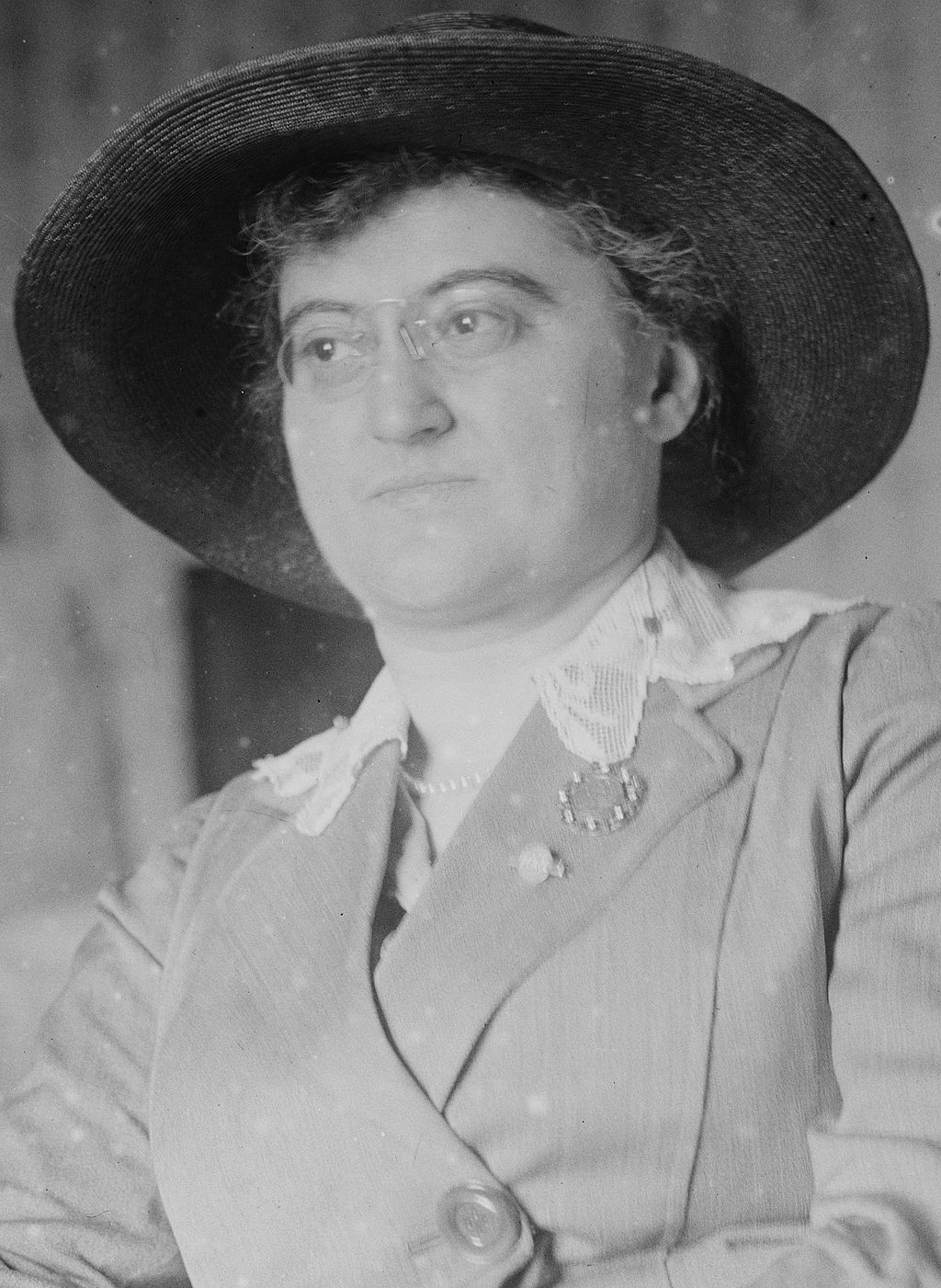
One of the leading figures of the early Hungarian feminist movement, Rosika Schwimmer was also the world’s first female ambassador. A founder of the Woman’s Peace Party and a precursor to the Women’s International League for Peace and Freedom, her legacy is preserved in major archives across the United States.
Rosika Bédy-Schwimmer – Pioneer of the International Women’s Movement – Subotica
Rosika Bédy-Schwimmer – Pioneer of the International Women’s Movement – Subotica Fact of the Hungarian figure „Margit Schlacta – The…
